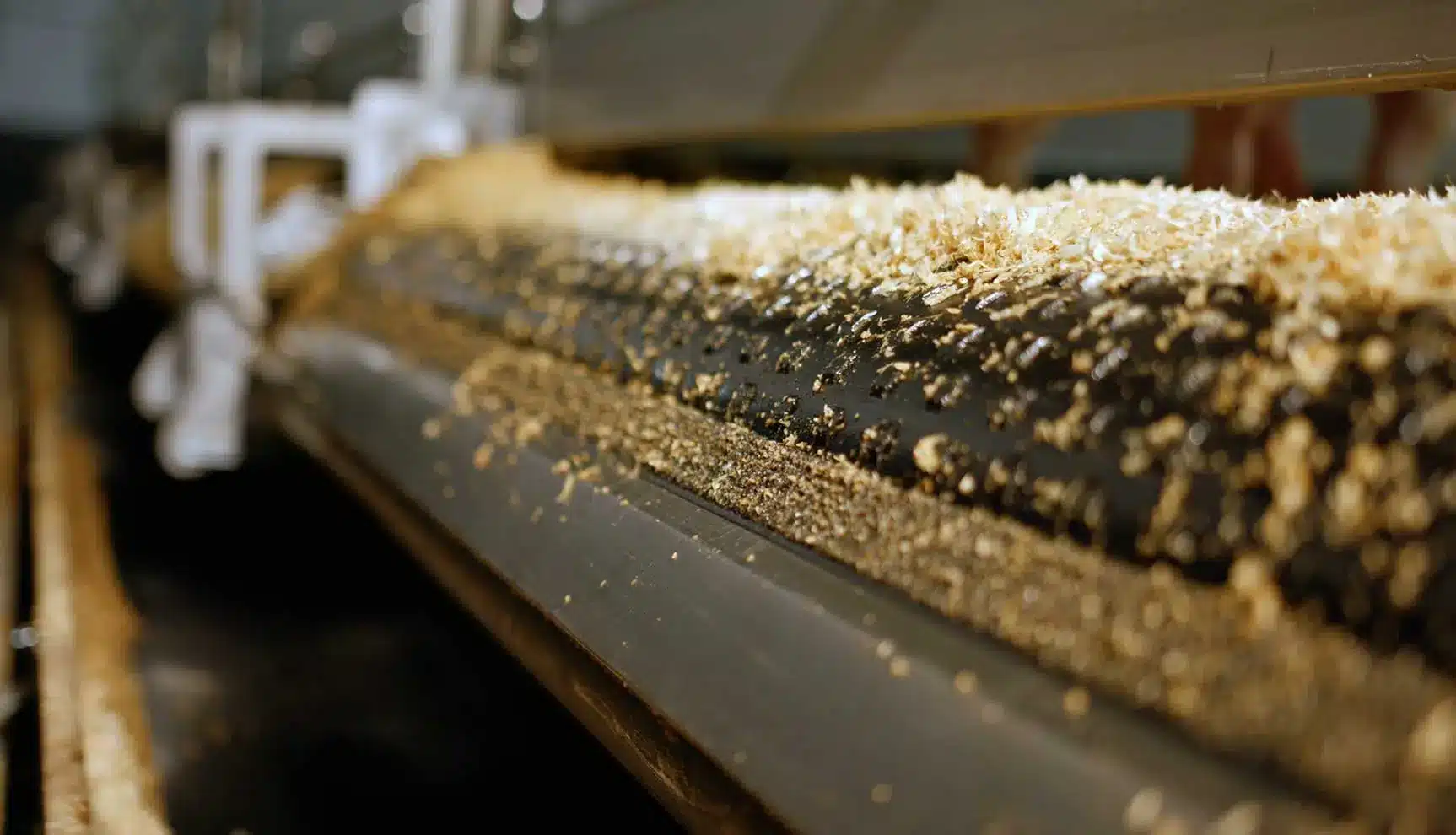When we think about cleanliness, we often focus on what we can see. But some of the biggest threats, especially in sensitive environments like animal housing or production facilities, are invisible to the naked eye. We’re talking about bacteria, and controlling their growth is a critical aspect of hygiene that goes far beyond simple appearances.
Why Bacteriology Matters
The real advantage of advanced or continuous cleaning methods isn’t always about visible shine; it’s about managing microscopic bacterial populations. Consistent, effective cleaning and drying processes are key to preventing harmful bacterial growth. Ultimately, good hygiene is a fundamental component of health, welfare, and the overall success of any facility reliant on clean environments.
Testing Cleaning Effectiveness
Understanding how clean different methods get surfaces requires objective measurement. The Swedish Veterinary Institute (SVA) has conducted important research in this area. They performed examinations specifically comparing bacterial colony counts on various surfaces subjected to different cleaning protocols.
For example, studies simulated conditions typically found in breeder barns by examining bacterial survival rates on different cage surfaces within a controlled lab environment. This allowed researchers to directly compare the effectiveness of various cleaning methods and surface types in reducing bacterial load, mimicking real-world scenarios.
Revealing Results: Automatic vs. Manual Cleaning
The findings from these studies highlight significant differences between cleaning approaches. Key results showed:
Automatic Cleaning Excels: Surfaces cleaned automatically (in the study, this involved mats used for moving piglets) were found to be considerably cleaner after simulated maximum contamination compared to surfaces cleaned using conventional manual scraping.
Consistency Regardless of Bedding: For the automatically cleaned surfaces, the level of cleanliness remained high whether bedding was used or not.
Manual Methods: While using bedding generally resulted in cleaner surfaces compared to bare crates when manual cleaning was employed, the automatically cleaned surfaces were still superior overall.
The Takeaway: Prioritize Surface Hygiene
Clean surfaces are more than just an aesthetic requirement; they are crucial for health and welfare. As the SVA’s research suggests, implementing effective cleaning protocols, potentially leveraging automated systems where appropriate, directly contributes to better outcomes. By keeping surfaces truly clean at a microbial level, we can significantly reduce the risk of health issues often caused by environmental bacteria, such as foot lesions or udder infections in livestock. Prioritizing effective surface hygiene is a vital investment in health, welfare, and productivity.



